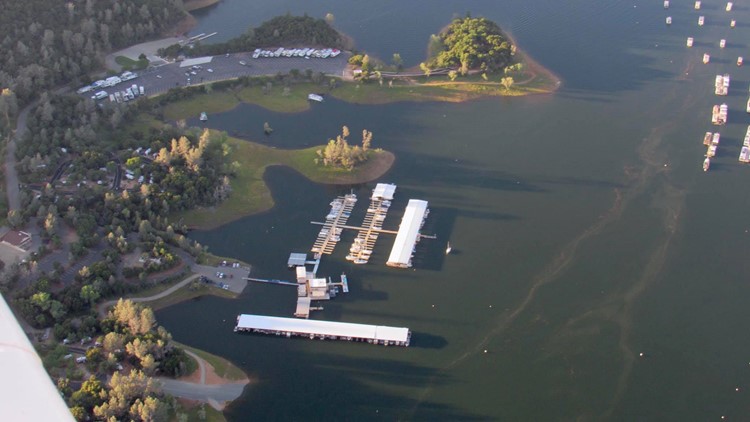SACRAMENTO, Calif. — We've made it through most of the prime water season and have had a few blockbuster winter storms. For many large reservoirs in California the mission for reservoirs switches from flood control to water storage and there isn't much room left for storage.
All major Northern California Reservoirs are more than 90 percent full and many will reach capacity in a month or so.

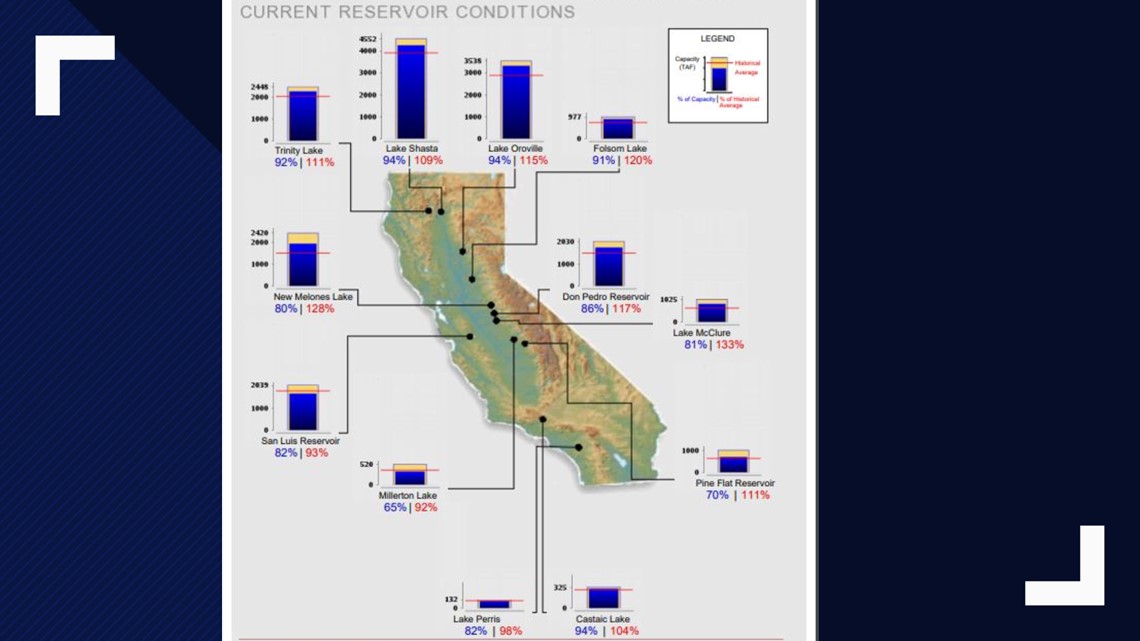
Numbers and percentages are only part of the story. As more water fills into Lake Oroville, boaters rejoice at new areas to explore and ample water for a long boating season.

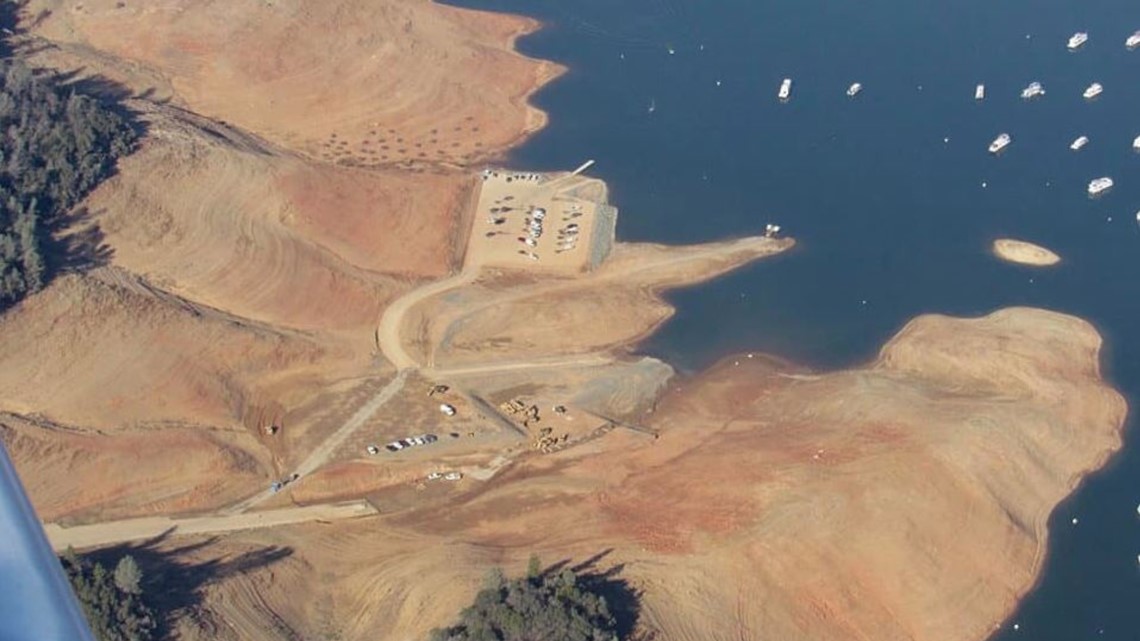
During reconstruction of the Oroville Dam spillway, officials allowed the lake level to drop much more than normal to create a buffer so construction could be completed safely. Boaters had to drive down long dirt roads and improvised boat launches to enjoy the lake at less than 60 percent full.

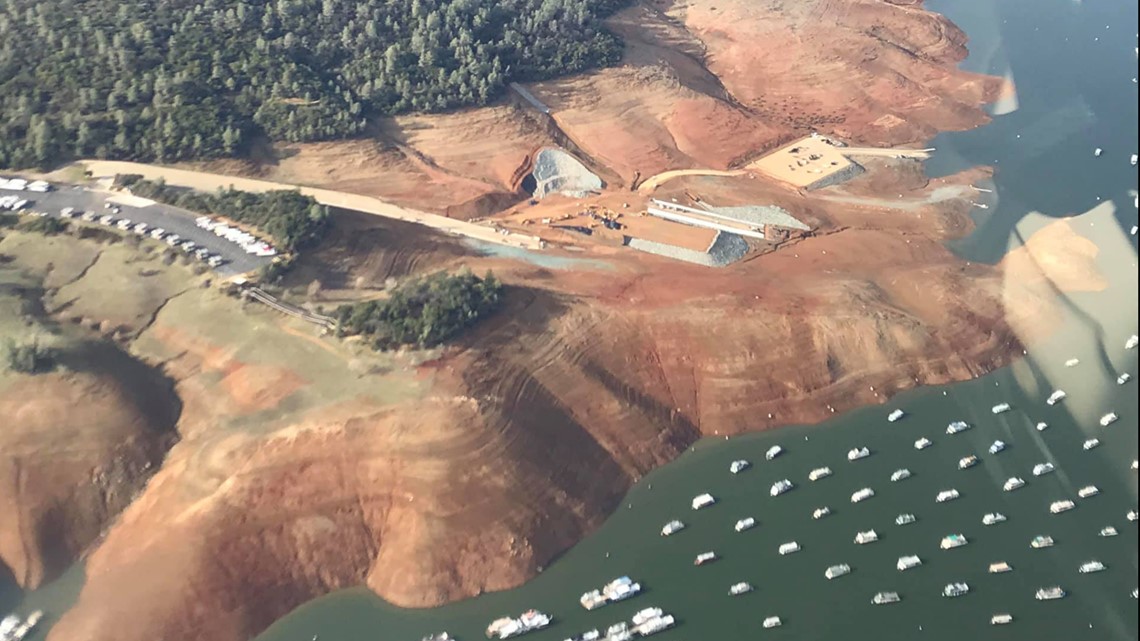
After a strong 2017-18 winter, Lake Oroville was rising, but still far below capacity and the Bidwell Marina completed some work on a lower water level facility.

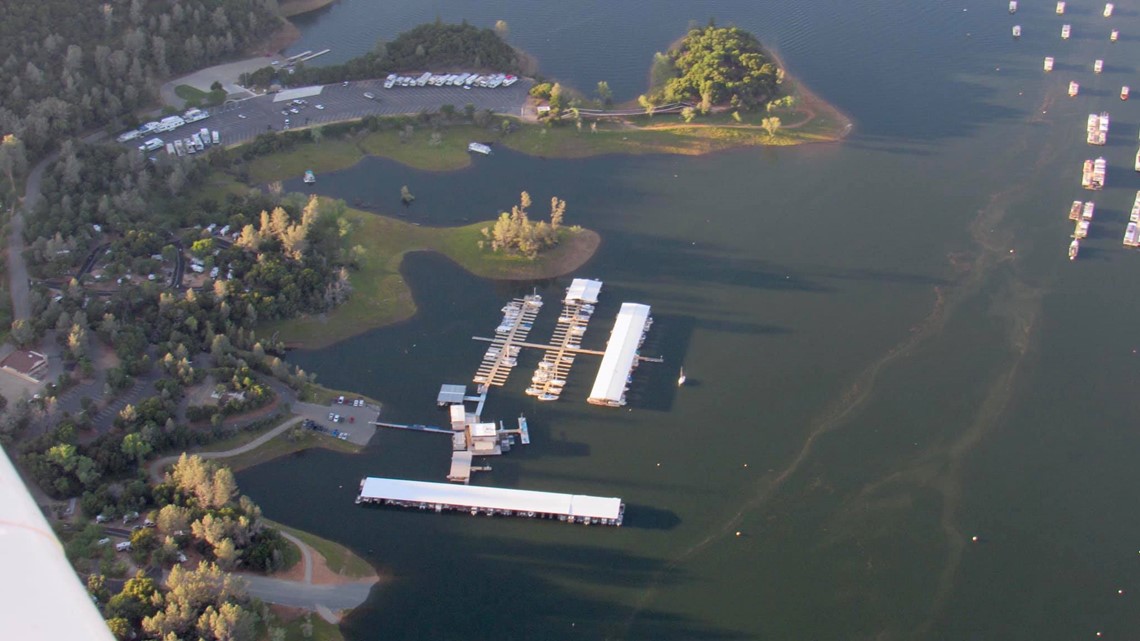
As of May in 2019, Lake Oroville is 94 percent full with a good chance of filling completely. With higher water levels, there are more spots for boats, easier launches and a much larger lake to explore and enjoy. Most of the water released from the lake will flow through the power plant at the bottom of the Oroville Dam, into the Feather River and other diversions for power and water throughout the state.
The extra water will be used by farmers in the Delta and cities and communities downstream, along with keeping safe water levels for the environment and keeping salt water intrusion at appropriate levels.
Continue the conversation with Rob on Facebook. If you're viewing on the ABC10 App, tap here for multimedia.
________________________________________________________________
WATCH MORE:
On Saturday, May 2 Ryan Robinson returned to his hometown of Folsom, successfully crossing the gap between Natomas Crossing and the City's historic Truss Bridge on a 1-inch-wide slackline, setting a new world record.


